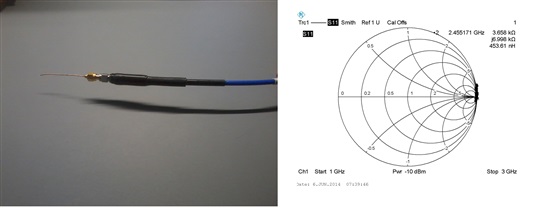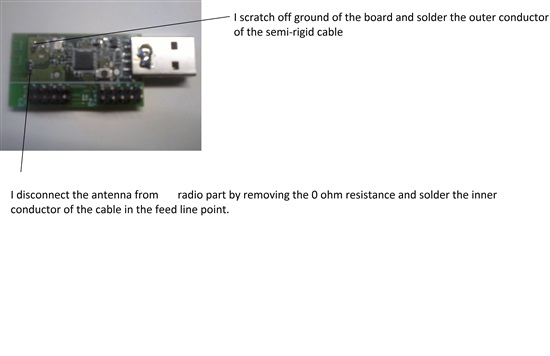Hi,
I am trying to measure the return loss of a PCB using TI BLE with a meandered antenna at 2450 MHz, the same antenna with the same dimensions as in the TI Application Note AN043 using a VNA.
On the PCB there is a balun (classical one with lumped elements), a matching circuit and the antenna. I am supposing that the output of the balun is 50 ohms and I am trying to measure the return loss at the input of the matching circuit and then in case the antenna is not well matched make it shorter untill achieve a good matching at 2450 MHz.
I am new on RF measurements so I want to have your help.
From my understanding, I guess I should cut the microstrip line going from the balun to the matching circuit and solder a coaxial cable RG316/U with SMA connector at the entrance of the matching circuit. Is it right?.
Then on the Network Analyzer I should make a calibration with a calibration kit a then do a port extension indicating the length of the coaxial cable soldered on the PCB. Is it right?
Thanks,
Juan



